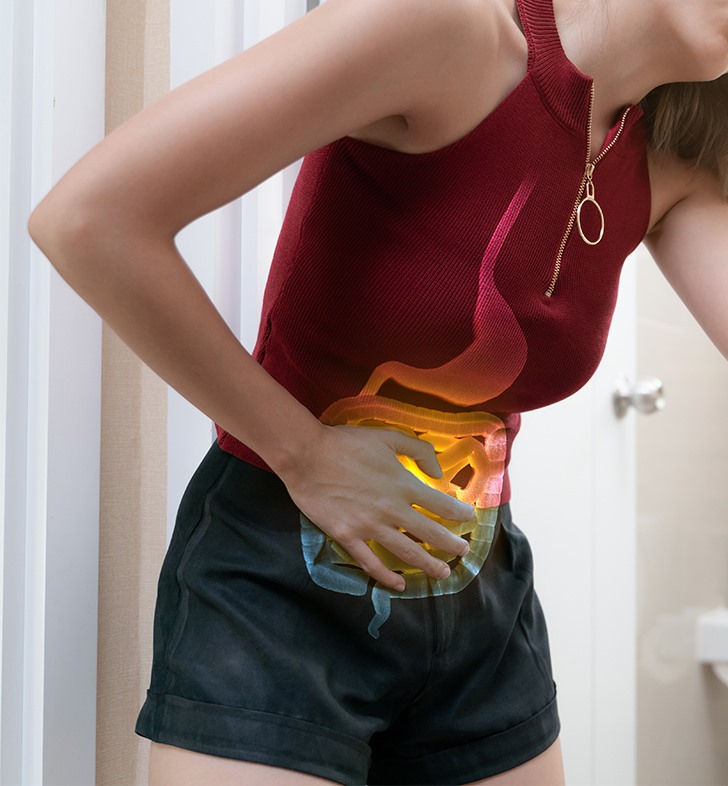
Bladder Control Issues
How common are bladder control
issues?
Bladder control issues are twice as
common in women and people AFAB because pregnancy, childbirth and menopause can
affect your pelvic muscle strength.
As your body changes throughout
pregnancy to accommodate a growing baby, pressure may build on your bladder.
This bladder pressure is normal for many during pregnancy.
Bladder control issues affect
approximately 30% of women and people AFAB over 50 and approximately 15% of men
and people assigned male at birth (AMAB) over 50.
How do bladder control issues affect
the body?
Millions of people have bladder
control issues, but many feel embarrassed or ashamed to talk about them. They
can make you worry about how others look at you, which may affect how you think
about yourself and your behavior. If bladder control issues cause you stress,
anxiety or depression, see your healthcare provider right away.
What are the signs that something is
wrong with your bladder?
Common signs of bladder control
issues include:
Peeing more than you typically
would. Most people pee on average seven times a day, but it may be as low as
four or as high as 10 depending on how much you drink and if you drink fluids
that make you pee more (natural diuretics).
Accidentally peeing or leaking pee
during common activities. Common activities may include sneezing, coughing,
exercise and sex.
Leaking urine without feeling like
you have to go. Your body might not tell you that you have to pee.
Not being able to hold your pee.
Your body might suddenly tell you that you have to pee, but you can’t hold it
in.
Wetting your bed. Your body may not
wake you up in the middle of the night to pee.
Spinal cord damage symptoms.
Symptoms may include feelings of weakness in your legs and numbness or lack of
sensation in your genital area.
Pressure or muscle spasms in your
pelvic area. Pressure and an uncomfortable tightening of muscles around your
bladder can make you suddenly have to pee.
What causes poor bladder control?
Changes to your health, certain
health conditions and your lifestyle may cause poor bladder control. These may
include:
Changes to your health
Changes to your health that may
cause bladder control issues may include:
Aging.
Constipation.
Diabetes.
Obstructed urinary tract, usually
from a kidney stone, ureteral stone, enlarged prostate or scar tissue.
Overweight.
Urinary tract infection (UTI).
Health conditions
Certain health conditions may damage
the muscles in your bladder or the nerves in your body that tell the muscles in
your bladder to tighten or release. These health conditions may include:
Alzheimer’s.
Multiple sclerosis.
Parkinson disease.
Pregnancy and childbirth.
Prostate surgery.
Spinal cord damage.
Stroke.
Lifestyle aspects
Certain foods, drinks and
medications that may cause bladder control issues include:
Alcohol.
Artificial sugar substitutes.
Blood pressure medications.
Caffeine (coffee, tea and energy
drinks).
Sedatives.
Soda pop and carbonated beverages.
Spicy foods.
Large doses of vitamin C.
Smoking and a physically inactive
lifestyle in which you don’t move around much can also cause bladder control
issues.
How are bladder control issues
diagnosed?
Your healthcare provider will ask
about your symptoms. Questions may include:
Approximately how much do you
accidentally pee?
How much pee makes it in the toilet
versus on your clothes?
Do you have bladder control issues
during certain times of the day?
Do specific movements or actions
cause bladder control issues, like sneezing or exercising?
Do you have any pain or discomfort
when you pee?
Does the urge to pee come on
suddenly?
How often do you pee during the day?
When you go to the bathroom, is it
difficult to start peeing?
How strong is your pee stream?
Does your bladder feel completely
empty after peeing?
They may also ask you about
conditions or medications that may cause bladder control issues. Questions may
include:
Do you have a neurological
condition, kidney or ureter stones or a prostate condition?
Are you currently taking any
medications?
What medications are you taking?
Are you taking any herbal or vitamin
supplements?
Have you ever been pregnant and had
a vaginal delivery?
Have you ever had surgery on your
abdomen or around your pelvis?
Have you ever had prostate surgery?
Your healthcare provider will also
perform a physical exam. They’ll check for spinal cord damage symptoms,
including weakness and a lack of sensation in your legs and genital area.
Your healthcare provider may
recommend a rectal exam to check for constipation that may cause bladder
control issues. In men and people AMAB, your healthcare provider may also check
your prostate.
For women and people AFAB, your
healthcare provider may conduct a pelvic exam to check for vaginal atrophy.
What tests will be done to diagnose
bladder control issues?
To confirm their diagnosis, your
healthcare provider may order the following tests:
Urinalysis. A urinalysis can screen
for liver disease, kidney disease and diabetes. It can also diagnose UTIs.
Kidney function tests. Kidney
function tests are urine or blood tests that evaluate how well your kidneys are
working.
Post-void residual (PVR) urine test.
This test measures the amount of pee that stays in your bladder after you’ve
gone to the bathroom.
Urine culture. A urine culture
checks your pee for germs that cause UTIs.
Urodynamic testing. Urodynamic
testing measures your nerve function, muscle function, pee stream strength and
pressure around and in your bladder.
Bladder diary. A bladder diary
tracks how much fluid you drink, how much you pee, how long it takes you to pee
and how often you pee.